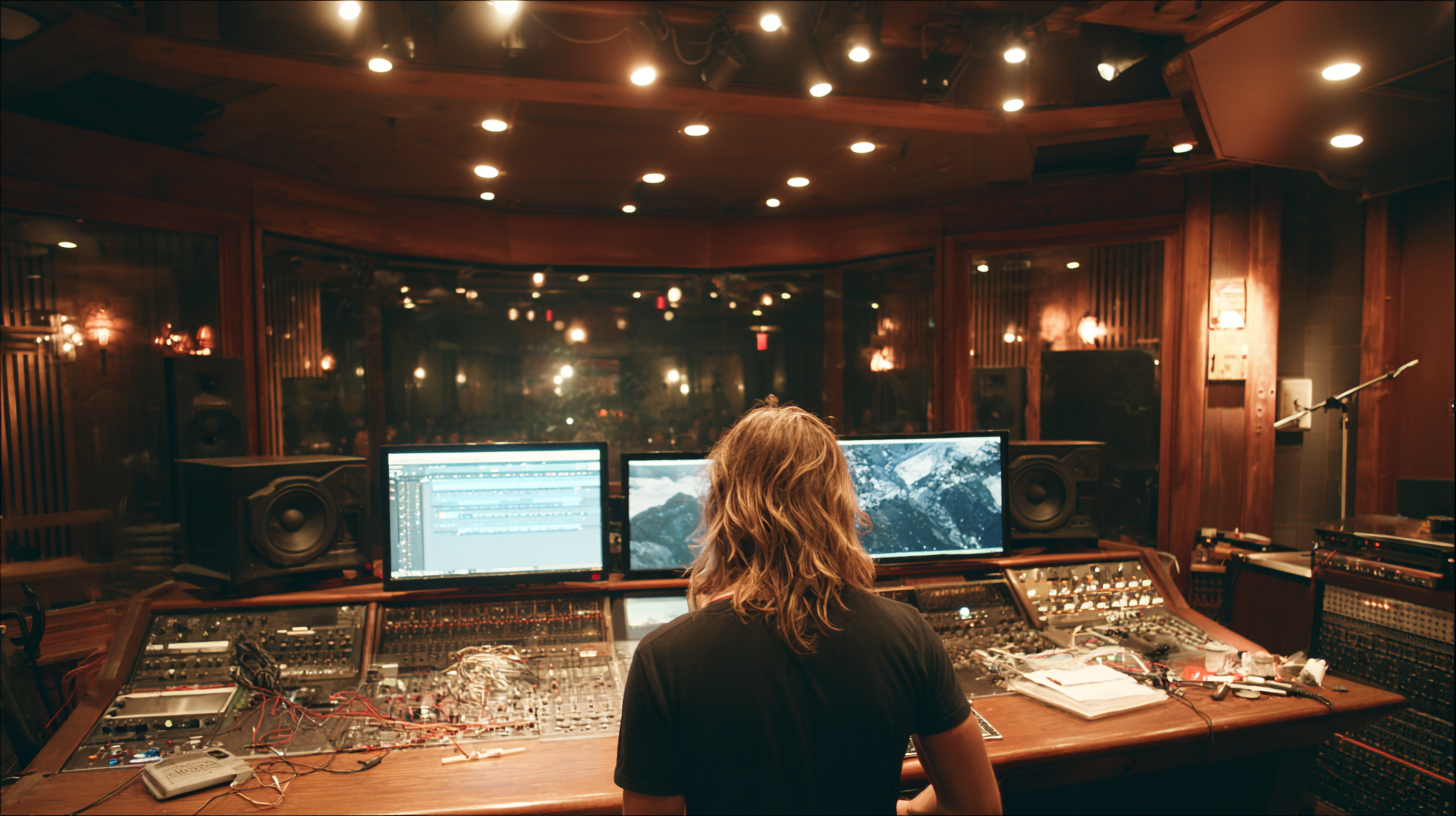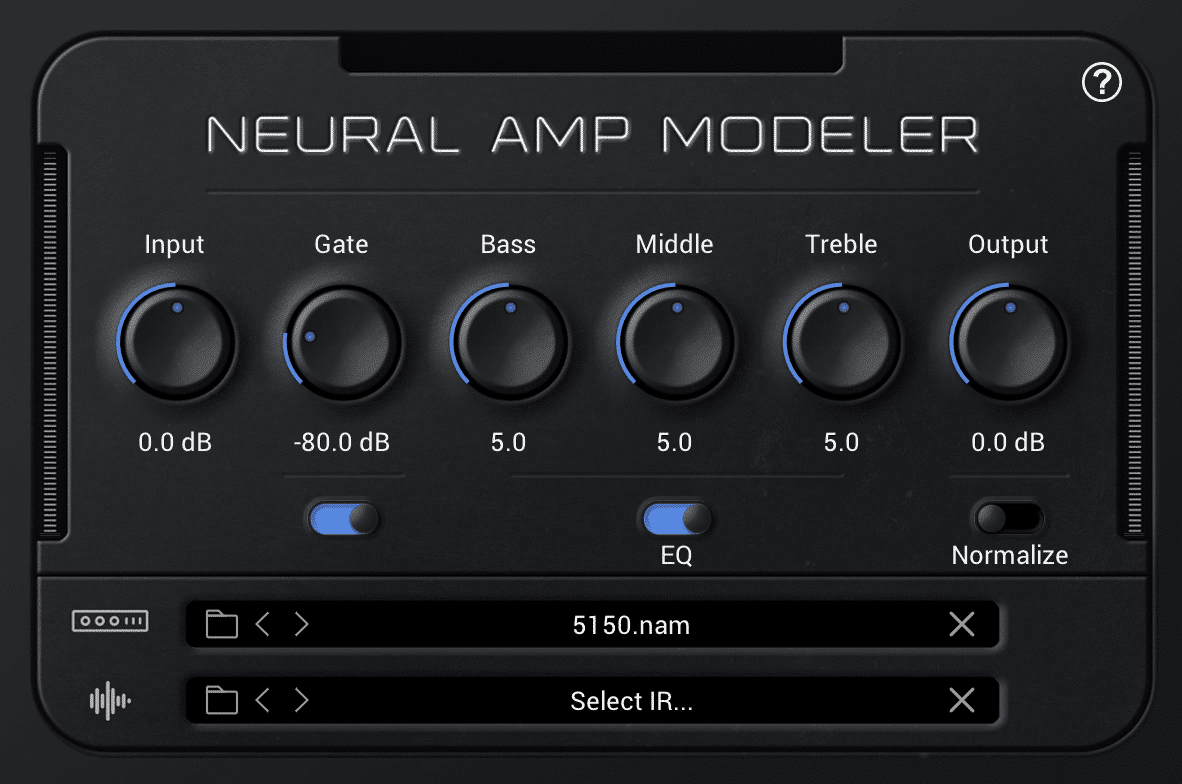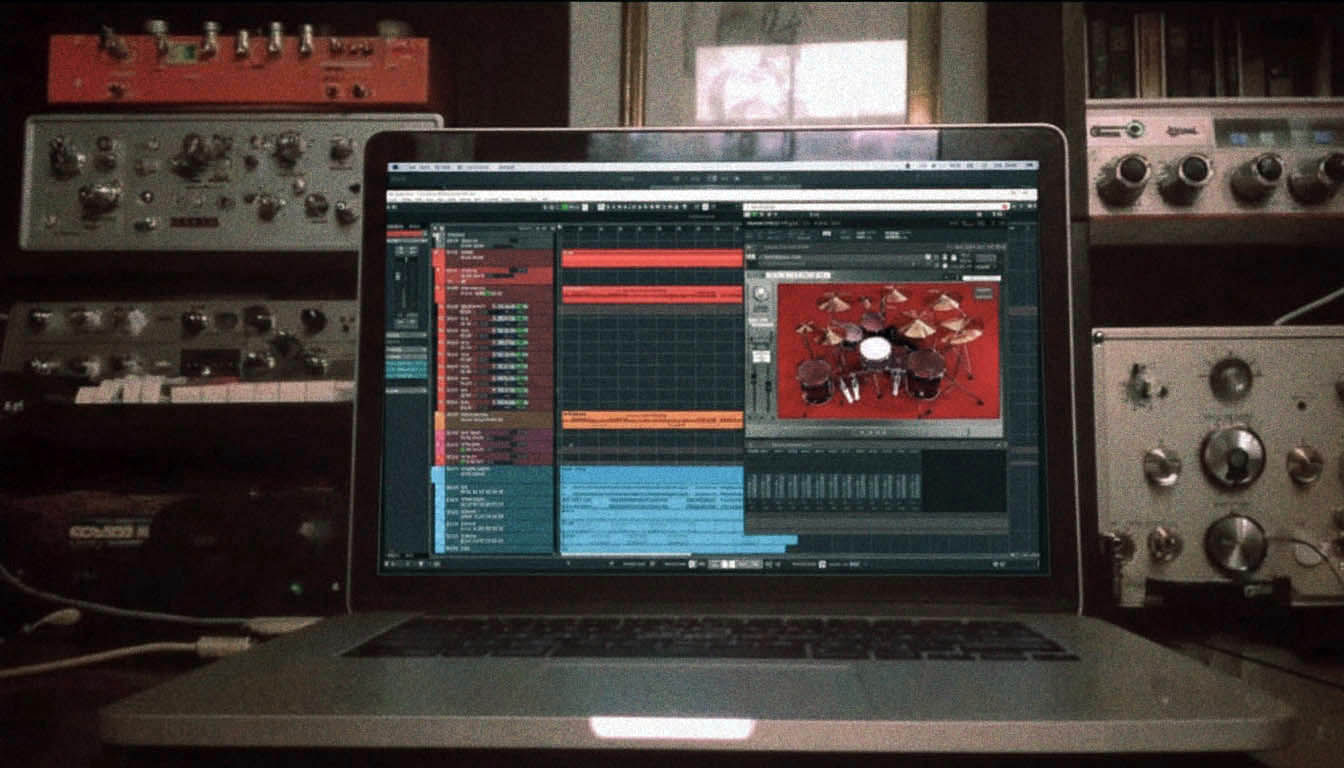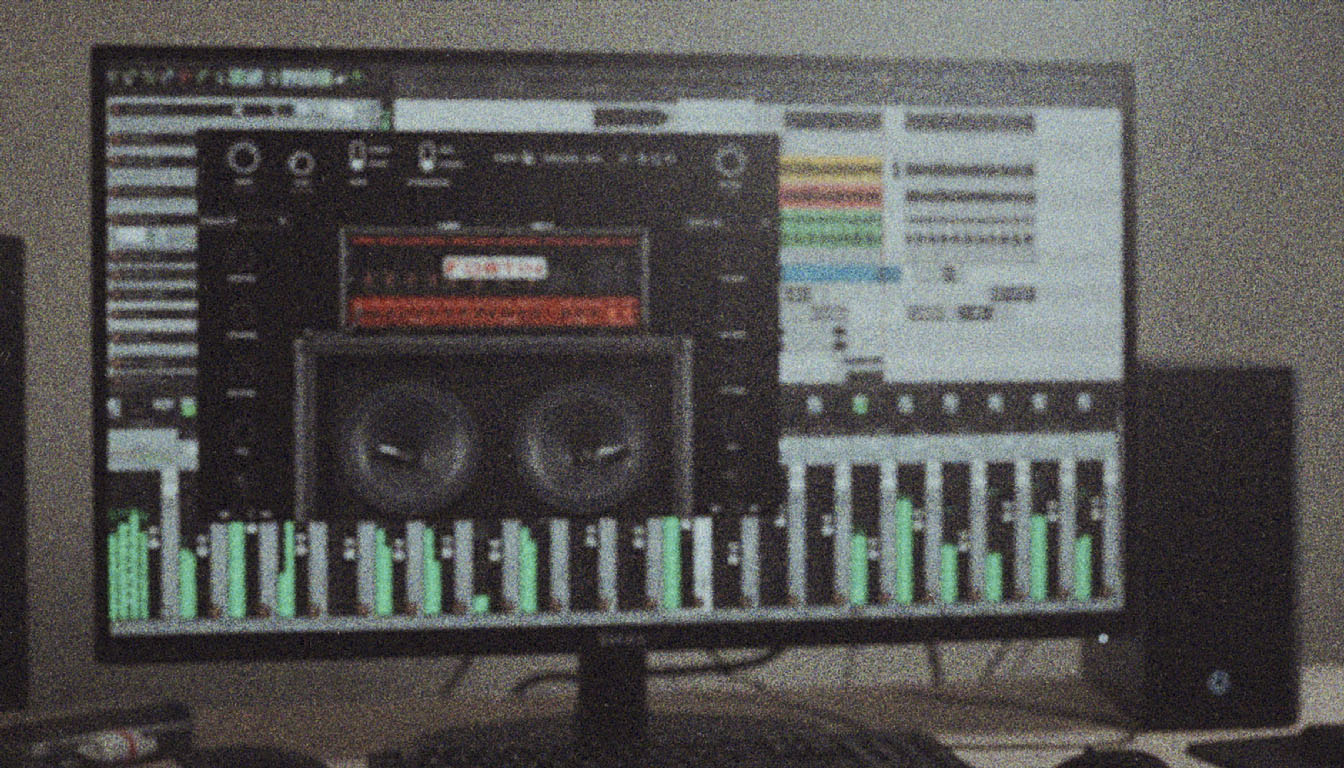
How to mix an 808 bass drop in a dense metal song
Nail The Mix Staff
Ever wrestled with getting those earth-shaking 808s and bass drops to sit right in a metal mix that’s already jam-packed with guitars, drums, and vocals? You want that sub-low impact, but it either gets lost or turns your whole mix into a muddy mess. We’ve all been there. Luckily, Beau Burchell (Saosin, The Bled) dropped some serious knowledge bombs on how he tackles this exact problem, specifically using the Bullet For My Valentine tracks from a past Nail The Mix session. Let's dive into his techniques for making 808s work with your metal track, not against it.
Understanding the 808's Challenge in Metal
Before we jump into the "how," it's crucial to understand what an 808 is actually doing and what it's fighting against in a dense mix. A raw 808 sample, especially one designed for a dramatic bass drop, often has a few characteristics that make it tricky.
The Problem with Raw 808s
Take a typical 808 bass drop. It usually has a defined initial attack or "point," and as the pitch plummets, so does its core frequency. Beau points out that many of these samples have a significant roll-off, often starting to die out around 40Hz. Now, combine that with the fact that many listener's speakers (and even some subs) start rolling off around 60Hz, 50Hz, or even 40Hz. What you end up with is an 808 that should have a long, satisfying decay, but instead, most people only hear the initial part before it vanishes into inaudibility. The intended booooooom becomes a bo- and then silence for the rest of its duration. Not cool.
The goal is to give the 808 a much more even decay and ensure it's heard consistently as it sweeps down the frequency spectrum.
Beau Burchell's 808 Mixing Workflow
Beau's approach is methodical, focusing on shaping the 808 itself and then carving out space for it within the mix. Here’s how he gets it done.
Taming the Transient and Evening the Decay
First things first, that raw 808 needs some sculpting.
Initial Limiting with L1
To mellow out the initial spike of the 808, Beau throws on a Waves L1 Ultramaximizer. Even if the spike isn't massive, the L1 helps to gently control that initial hit. An interesting side effect he notes is that the L1 can add a bit of extra modulation or character, which can be more noticeable on smaller speakers, adding a subtle texture. This is a great first step in managing the 808's dynamics and can be explored further with other tools discussed on our metal compression secrets page.
Adding a Fade for Kick Drum Clarity
This is a slick move. To prevent the 808 from clashing with the kick drum – two powerful low-frequency sources hitting simultaneously – Beau adds a short fade-in to the 808 sample, around 50 to 100 milliseconds. If you visualize the 808 waveform, this fade ensures its attack ramps up just after the kick drum's initial transient has hit. This allows the kick to punch through clearly, followed by the satisfying length of the 808.
Pro Tip: Most DAWs will show you the length of your fade as you create it, so you can be precise! Beau mentions his was around 100ms for a nice feel.
Automation for Consistent Presence
Even after limiting and fading, the natural decay and pitch drop of the 808 can cause it to lose energy and audibility, especially in the super low frequencies. To counteract this, Beau uses volume automation. He draws in an automation curve that gradually increases the 808's level as it decays and drops in pitch. This ensures the 808 remains present and perceivable all the way down to the lowest frequencies (he shows it being effective down to 15Hz on his analyzer!), giving it that full, extended tail we're after.
Creating Space: 808 vs. Bass Guitar
With the 808 now behaving more predictably, the next challenge is making it sit with the bass guitar. Both occupy significant low-end territory, and that 60Hz-ish area is prime real estate for bass guitar punch.
Introducing Track Spacer by Wavesfactory
To get the 808 and bass guitar to play nice, Beau turns to a clever plugin called Track Spacer by Wavesfactory. This isn't your average EQ or compressor. Track Spacer is essentially a dynamic EQ that reacts to a sidechain input. You place it on the track you want to "duck" (in this case, the bass guitar) and feed it a signal from the track you want to make space for (the 808).
How Track Spacer Works
Beau demonstrates this beautifully. He sets up Track Spacer on the bass guitar track and assigns its sidechain key input to a bus fed by the 808. As the 808 plays and its pitch drops, Track Spacer analyzes the incoming 808 signal and dynamically carves out only those specific frequencies from the bass guitar track. You can see the plugin's graphical display showing the EQ curve reacting in real-time to the 808's frequency content. He has the Track Spacer set to react up to around 150Hz, ensuring it only targets the relevant low frequencies where clashes occur. For more general insights into EQ, check out our EQ strategies for mixing modern metal.
He also mentions that if you don't have a specialized plugin like Soothe for taming resonances, Track Spacer, with its ability to duck specific frequencies based on a sidechain, could potentially be used in creative ways to tackle other similar issues.
The Benefit: Subtle but Significant Clarity
The result? As the 808 drops, the corresponding frequencies in the bass guitar are gently and dynamically attenuated, just enough to let the 808 shine through without making the bass sound thin or weak. It’s a subtle move, but as Beau demonstrates by A/B-ing with and without Track Spacer, it makes a noticeable difference in the overall clarity and punch of the low end.
Protecting Your Two-Bus
A common casualty of powerful, uncontrolled 808s is your two-bus compressor. Those huge bursts of low-frequency energy can make your master bus compressor pump like crazy, leading to an unstable and unprofessional-sounding mix.
Beau shows that with his 808 shaping and the Track Spacer technique, the 808 causes minimal impact on his two-bus compressor – barely half a dB of gain reduction, even without a high-pass filter engaged on the compressor's sidechain. This means the 808 is doing its job without hijacking the overall mix dynamics. This controlled approach is key to a polished sound, a topic often explored in depth during Nail The Mix sessions.
Why Not Just Use a Multiband Compressor?
You might be thinking, "Why not just slap a multiband compressor on the bass, sidechained to the 808?" Beau addresses this directly. He pulls up a FabFilter Pro-MB to illustrate.
The issue with a typical multiband compressor for this specific task is that it tends to affect a broader range of frequencies than necessary. For example, if the 808 is hitting hard at 40Hz, the multiband compressor might compress the entire low band (e.g., everything below 100Hz) on the bass guitar. Beau demonstrates that this can sound much more audible and less natural – you hear the subs get sucked out and then suddenly return.
He prefers Track Spacer because it’s more surgical. It only ducks the specific frequencies of the 808 as they occur, leading to a more transparent and controlled interaction. He wants the bass to remain full and huge, not have chunks of its frequency spectrum carved out unnecessarily.
Bringing It All Together For Punchy Metal 808s
Beau Burchell’s method for integrating 808s into a dense metal mix is all about control and precision:
- Shape the 808: Use limiting (like an L1) to tame the initial hit and add a short fade-in (50-100ms) to clear space for the kick.
- Ensure Full Decay: Employ volume automation to counteract the natural drop-off in level and frequency, making the 808 audible throughout its length.
- Create Intelligent Space: Use a sidechain dynamic EQ like Track Spacer on the bass guitar, keyed by the 808, to dynamically carve out only the necessary frequencies.
- Protect Your Mix Bus: This targeted approach prevents the 808 from overwhelming your two-bus compressor.
These techniques provide a fantastic roadmap for getting powerful, clear, and impactful 808s and bass drops in your metal productions. It’s about understanding the source, anticipating the problems, and using the right tools for surgical solutions.
Want to see exactly how pros like Beau Burchell make these decisions in real-time, with actual multitracks from massive bands? That's what Nail The Mix is all about. Every month, you get to watch a world-class producer mix a song from scratch, explaining every plugin, every setting, and every creative choice. If you're ready to move beyond presets and truly unlock your sound in modern metal mixing, this is where you learn from the best in the business.
Get a new set of multi-tracks every month from a world-class artist, a livestream with the producer who mixed it, 100+ tutorials, our exclusive plugins and more
Get Started for $1








